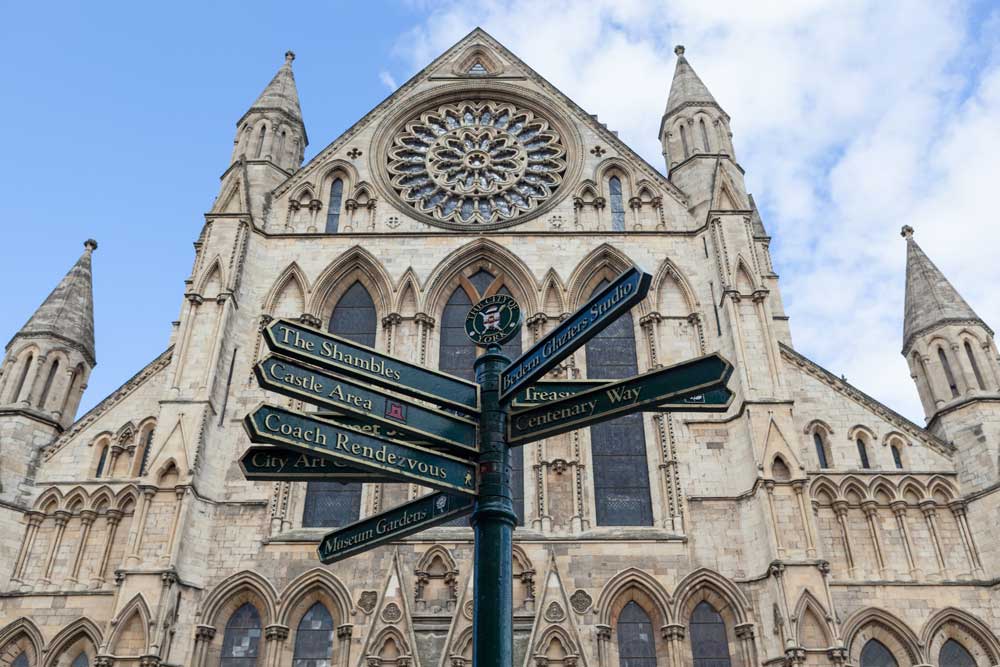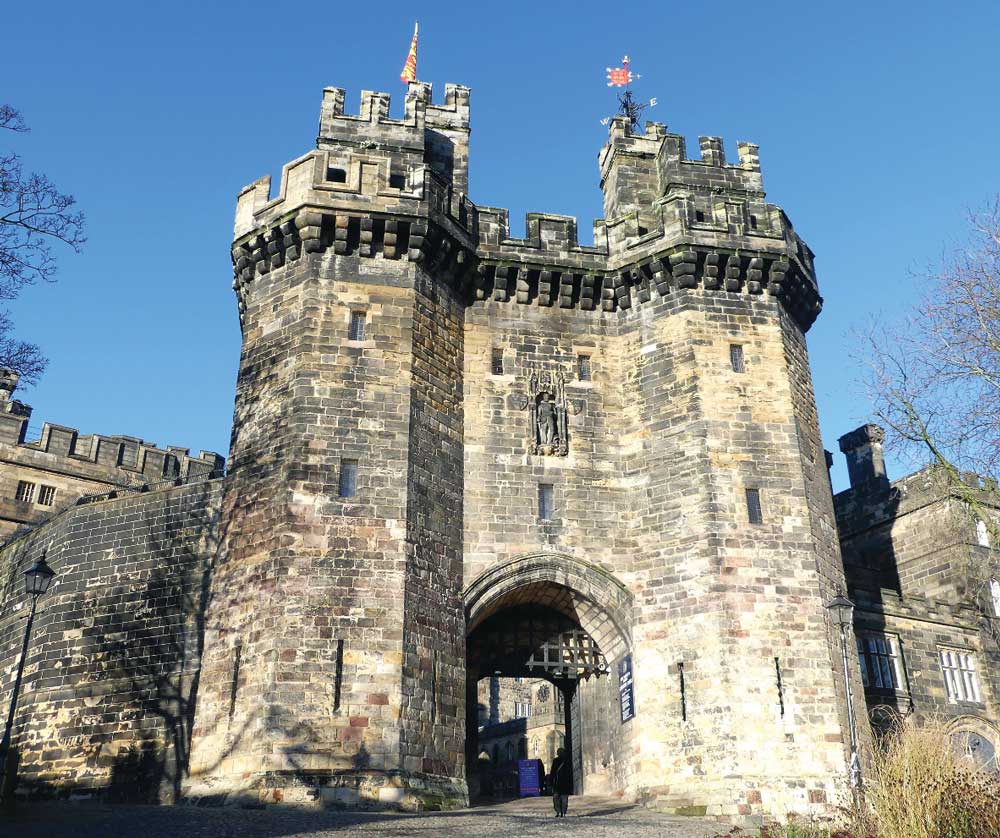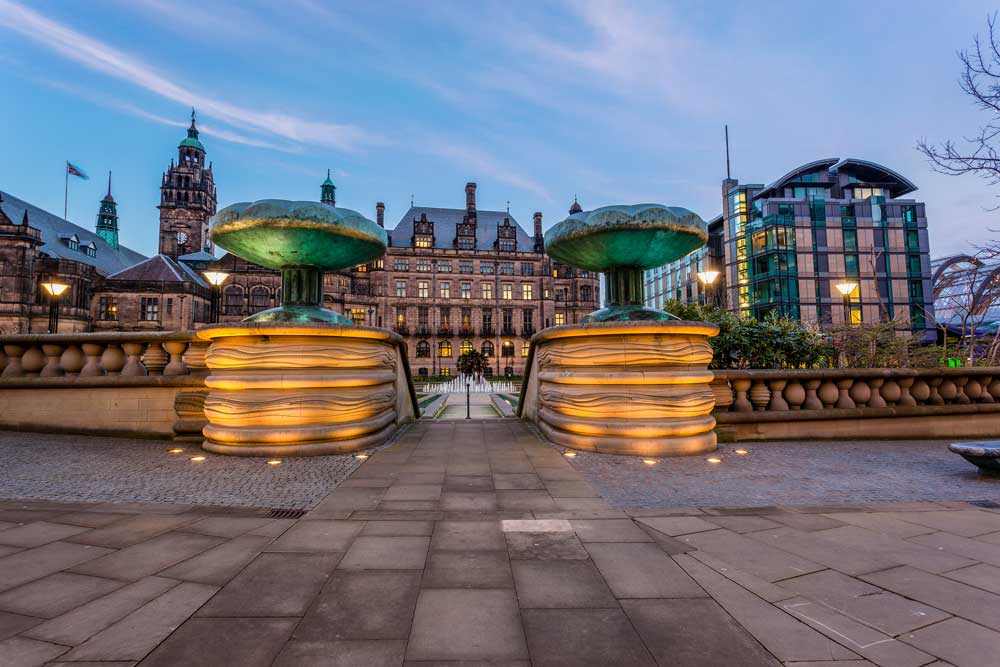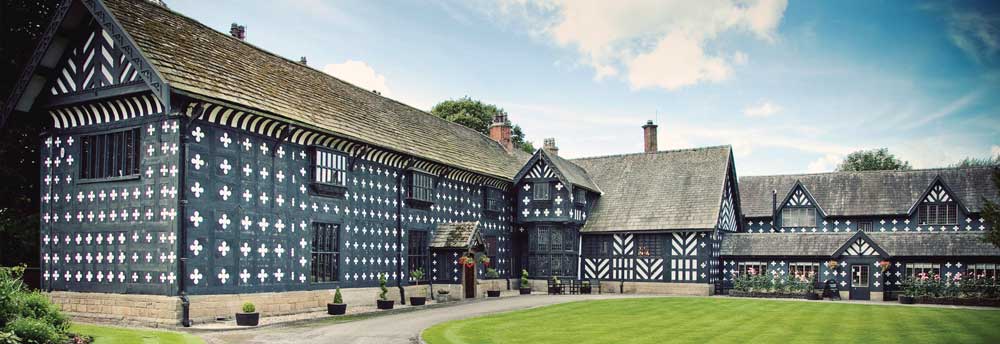
The most historic cities in the North
by Northern Life
The north of England was once a place of Roman rule, Viking conquests, Saxon settlements and Celtic clans. And that’s well before we get into the Industrial Revolution and the history made by our musicians, football teams and thinkers.
The cities in the North are awash with history and offer plenty for tourists, visitors and locals to brush up on their knowledge of the past, but which is the most historic?
We set out to find out. By looking at cities in the region with a population of over 100,000 we analysed the amount of listed buildings, listed parks, gardens, museums, scheduled monuments, UNESCO World Heritage Sites within a 50-mile radius, historical and heritage tours, and historic sites to create a Historic City Index (at foot of article).
Here are a few of our favourites.
York

York is a historical wonder. It was founded by the Romans in 71 AD, has also experienced Viking rule, and had its first settlers as early as 8000 and 7000 BC. Really, what’s not to love for history buffs? The city itself is home to 29 major historical sites, two UNESCO World Heritage Sites and over 1,600 listed buildings. Visitors to York will enjoy a walk around the ancient Roman city walls, a trip to the Shambles and of course a visit to the world-famous York Minster. Dating back to medieval times, the Cathedral is home to 14th and 15th century stained glass (don’t miss the Rose Window), and elaborate tombs.
Manchester

This Northern powerhouse boasts much in the way of recent regeneration and a historical past taking in everything from an influence on 80s and 90s worldwide pop culture, a major part in the Industrial Revolution and a Roman Fort in AD 79 as the first recorded settlement. Visitors these days enjoy historic sites including Manchester Cathedral, Manchester Central Library, Elizabeth Gaskell’s House and Victoria Baths, as well as 32 museums and three UNESCO World Heritage Sites.
Leeds

Nowadays Leeds is one of the largest and fastest growing green cities in the UK, home to 14 listed parks and gardens for visitors to enjoy some green open spaces. Sitting fourth in our list, Leeds is packed with history, originally starting out as a market town in the Middle Ages well before its growth around textiles in the Industrial Revolution. Today visitors can enjoy 59 monuments, two UNESCO World Heritage Sites and 2370 listed buildings. Not to be missed is Abbey House Museum, Kirkstall Abbey and Harewood House.
Liverpool

Located where the River Mersey meets the Irish Sea, Liverpool’s shores are rich in history and culture and boast an enigmatic population that’s fiercely proud of their city’s heritage. The borough of Liverpool was founded by King John in 1207 and was a major trade link from the 18th to early 20th Century. It’s also home to the most famous of Rock & Roll icons, the Beatles. History hunters simply can’t stay away from its 31 museums, three UNESCO World Heritage Sites and 29 historic sites. When you’re next in the city, pay a visit to The Cavern Club, Royal Albert Dock and Liverpool Cathedral.
Lancaster

With 37 scheduled monuments and 1336 listed buildings, it’s no surprise to see why Lancaster is so popular with visitors looking for their historical fix. The beginnings of this ancient city started with Roman forts, the Domesday Book, the Norman Conquest and the Pendle Witch Trials. Today visitors enjoy historical sites that include Lancaster Castle which was built on the site of the original Roman fort and was the location for the witch trials, as well as Lancaster Cathedral and Lancaster Town Hall.
Sheffield

Tourists heading to the streets of Sheffield can expect the Full Monty when it comes to historical attractions with the Steel City home to three UNESCO World Heritage Sites, 1,177 listed buildings, 26 museums and 48 scheduled monuments. The Steel City moniker harks back to the Industrial Revolution and the steel industry, while Sheffield is also home to the world’s oldest football club, Sheffield FC. A third of the city lies in the Peak District National Park, making it one of the greenest cities in the UK. Top historical attractions include Sheffield’s Town Hall, and Sheffield Manor Lodge.
Preston

With three UNESCO World Heritage Sites within 50 miles of the city, just under 500 listed buildings and eight listed parks and gardens, Preston is worth a visit for intrepid historical explorers. The history of the city dates back to the Romans and it was cited as the most important town in Amounderness in the 1086 Domesday Book, while the Industrial Revolution transformed Preston from a once small market town. Visitors today can take in such historical attractions as Winckley Square and Samlesbury Hall.




